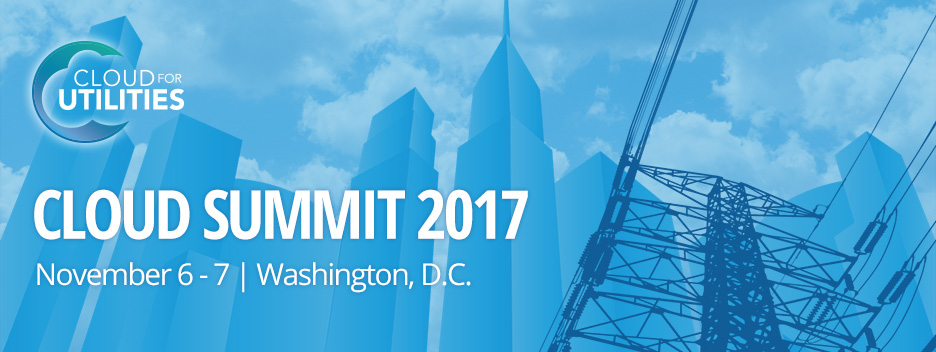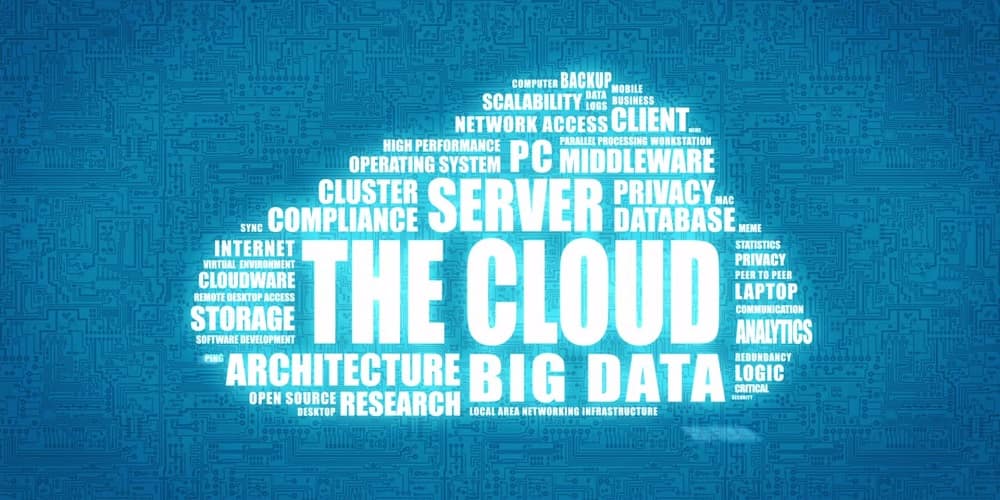Cloud solutions are experiencing global rapid growth. While utilities are starting to adapt to Cloud models for smaller components, there are still concerns related to cyber security and other financial aspects for investor-owned utilities. Cloud for Utilities was established to help address these concerns. It delivers education to the utility market, to help identify both the risks and benefits of the Cloud. Delivering the keynote address at this year’s first-ever Cloud for Utilities Summit in Washington, D.C., is Chertoff Group Co-Founder and former Chief of Staff for the Department of Homeland Security, Chad Sweet. The address, “The Emergence of Cybersecurity Regulations, be prepared,” will inform the audience on what to expect in the cybersecurity space in the near future, and how best to prepare for these changes. More information on this upcoming Summit is listed below. In short, Cloud for Utilities’ overarching purpose is to provide an information exchange between utilities regarding Cloud models. Below is our interview with Rick Cutter, Co-Founder & Managing Director at Cloud for Utilities:

Q: Could you tell us something more about the inaugural Cloud for Utilities Summit?
A: First of all, the Summit is being held at the historic Mayflower Hotel in Washington D.C., November 5th to the 7th.
We are amazed at the level of interest and participation from the top technology firms and utilities. The interest in Cloud from utilities has dramatically increased in the last year, as these models continue to be accepted and implemented in other industry sectors. As you are aware, many large corporations are moving mission critical applications into the Cloud.
The Summit is primarily providing sessions, led by utilities, regarding and discussing actual cloud projects and the corresponding lessons learned. Additionally, a Commissioner from a Public Utilities Commission will discuss his opinions regarding the rate recovery issue that impacts investor-owned utilities. There will also be several sessions related to cybersecurity, which we anticipate will prove very interesting to utility representatives.
 Recommended: Accelo Raises $9M Series A Funding To Help Small Businesses Be More Profitable By Automating Service Operations
Recommended: Accelo Raises $9M Series A Funding To Help Small Businesses Be More Profitable By Automating Service Operations
Q: What are your plans for the future?
A: There are billions of dollars being spent on Cloud technologies, and these investments will provide major value to utilities. Many believe as technology firms continue to enhance their applications for multi-tenancy, pricing and the completeness of solutions will become even more compelling reasons for utilities to adapt to Cloud.
Cloud for Utilities will continue to roll out additional resources after the Summit. These resources will include collaboration from our partner utilities and technology solution providers, to define best practices and other utility-focused content that can be utilized by utilities.
The Summit plans for 2018 are also in progress.
 Recommended: Bayen Group Offers A Wide Range Of Expert Services To Tackle The Most Challenging Business Problems
Recommended: Bayen Group Offers A Wide Range Of Expert Services To Tackle The Most Challenging Business Problems
Q: What new technologies are disrupting the utility industry right now?
A: Smart grid technologies continue to implemented by utilities. There has been consistent growth in this area for utility technologies. These grid technologies include sensors, management and control technologies, communication, networks and software.
The ‘digitization’ of the utility is underway across many fronts. For example, sensor technology allows utilities to receive data from many connected devices across the distribution and transmission networks.
Given the amount of data generated from these devices (whether it is a smart meter, a sensor on a capacitor bank or a transformer), the data needs to be stored and analyzed by specific applications.
Also, edge computing approaches allow the meters and sensors to use the data collected for analysis closer to the source of an anomaly. This reduces latency in analysis time by not hauling data back to a central repository, and then responding to an event.
Activate Social Media:


